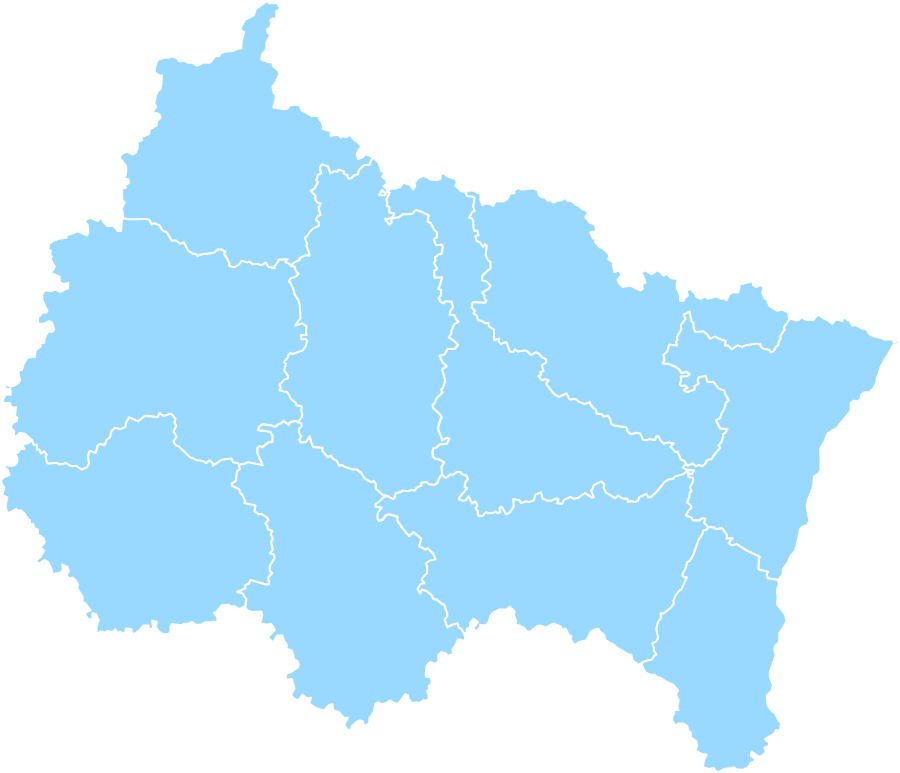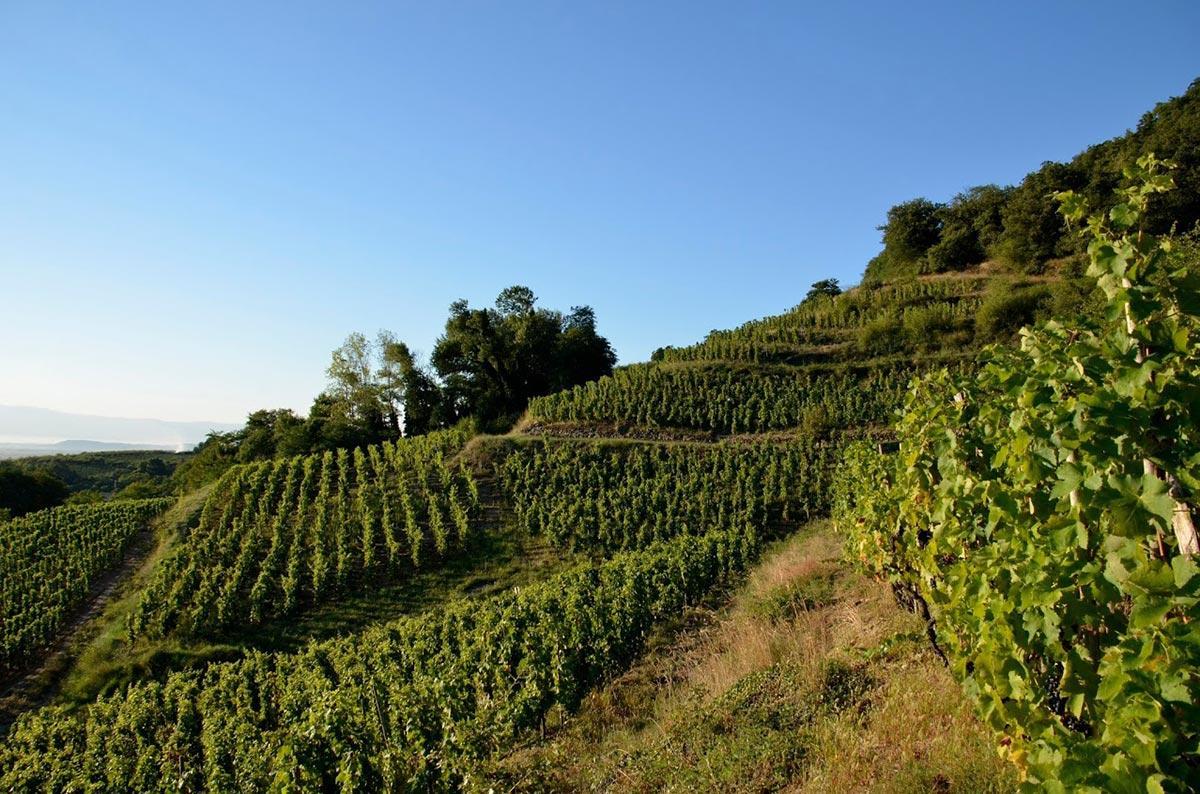Région Grand Est

A Major Wine-Growing Region with Substantial Exports
Home to internationally renowned wines, the Grand Est (formerly Alsace, Lorraine and the Champagne-Ardennes) Region also produces grain and livestock.
Famous for champagne and Alsatian wine, the Grand Est Region also produces a large grain crop and exports numerous food-industry products. Excluding beverages, the Region exports €3.2 billion worth of foodstuffs. That figure is largely thanks to the dairy sector, the third pillar of the Region’s agricultural industry, with €1 billion in dairy exports. But the Grand Est is also know beyond France’s borders for the confectionery – chocolate and other sweets – that is made there. Eighty percent of those products are for the European market, including Switzerland. Germany is the Region’s main client, with almost a third of sales in all categories.
With two of the most renowned French wines – Champagne, whose slopes, houses and cellars were recognized as a UNESCO World Heritage site in 2015, and wines from Alsace – a third of the Region’s farms are devoted to winegrowing.
The world’s most important wine region by value, Champagne is a key economic player in the Region, with €5 billion in revenue, of which 60% comes from exports. The three top destination countries are the United Kingdom, the United States, and Japan.
Alsace wines, which have three AOCs for 51 grands crus, account for €540 million in revenue, of which 26% is from exports. The top three markets are Belgium, Germany, and the Netherlands.
In order to assist food industry businesses aiming to conquer foreign markets, the Region is implementing support measures, which include coaching, business diagnostics, and aid in identifying three promising target countries. It then subsidizes 50% of the projected budget for those three countries (up to €20,000).
To support energy transition, the Grand Est Region has set ambitious goals of reducing its greenhouse gas emissions by three quarters between 1990 and 2050, and becoming a positive-energy territory.
One final objective: tripling the amount of land being farmed organically or having obtained quality labels by 2030, as compared to 2016. Consequently, the Region has signed a contract with the wine-growing sector urging it to aim for 0% herbicide use by 2025.
Key figures of Grand-Est region
Grand-Est is the first region in France for agricultural-industry exports by value with 7.3 billion euros in 2018, 15.4% of French food and agricultural exports.
Grand-Est is the first agricultural region for employment, with 75,000 employees.
Grand-Est is the first region in France for grain by surface, 1.1 million hectares (2.7 million acres) and by production, 15% of national production.
Grand-Est is the first region for beer, 60% of beer made in France is brewed in Alsace.
Grand-Est is the first malt-producing region with 1 million tons, 70% of national production.
Grand-Est is the first hops-producing region with 500,000 tons and 95% of national production.
In 2019, 156 million bottles of champagne were exported for 3 billion euros.
The Grand-Est region makes 22% of France’s wine and spirits exports.
Main markets are United States, United Kingdom and Japan.
30% of AOC white wines consumed in France are from Alsace.

